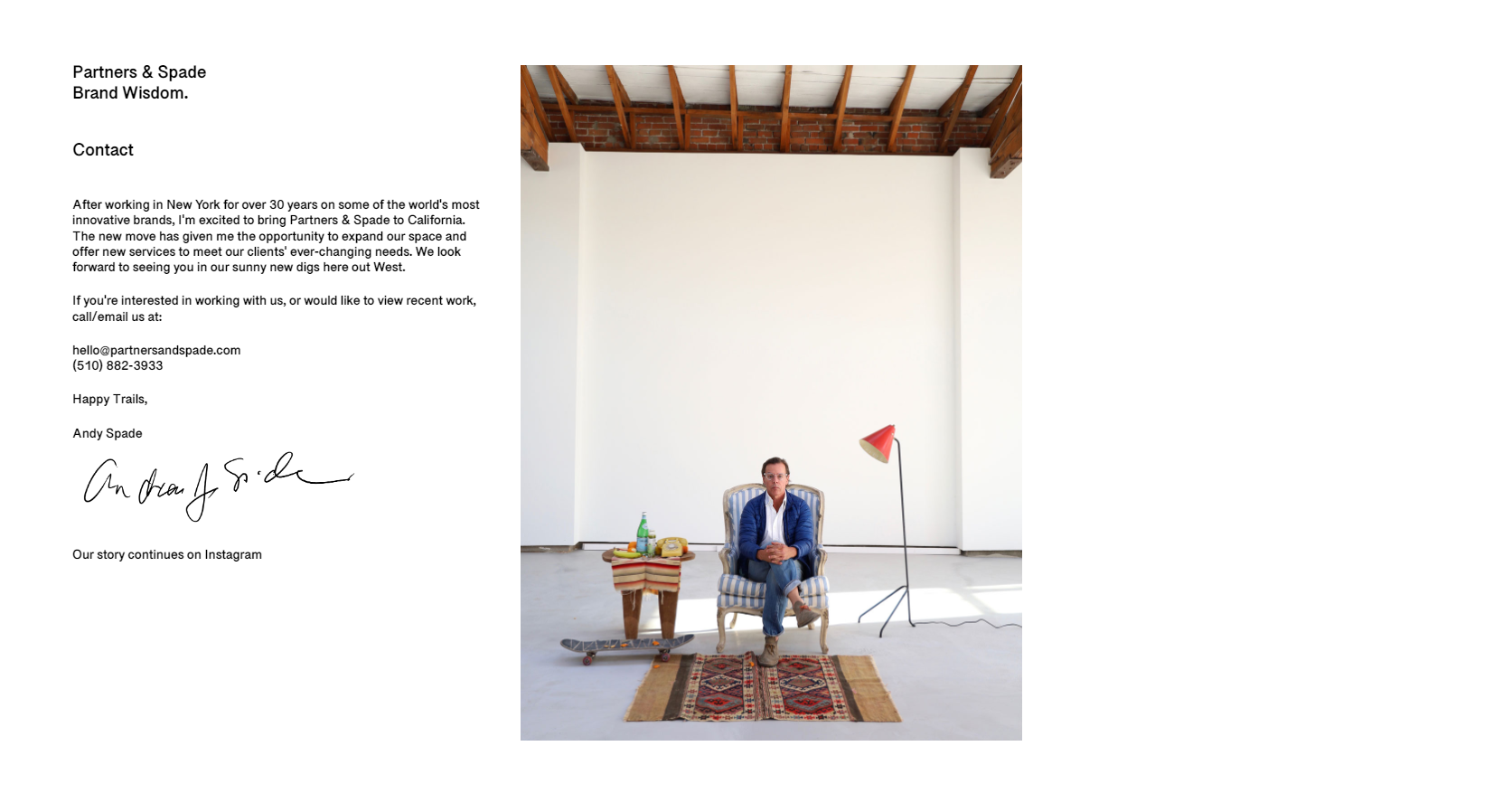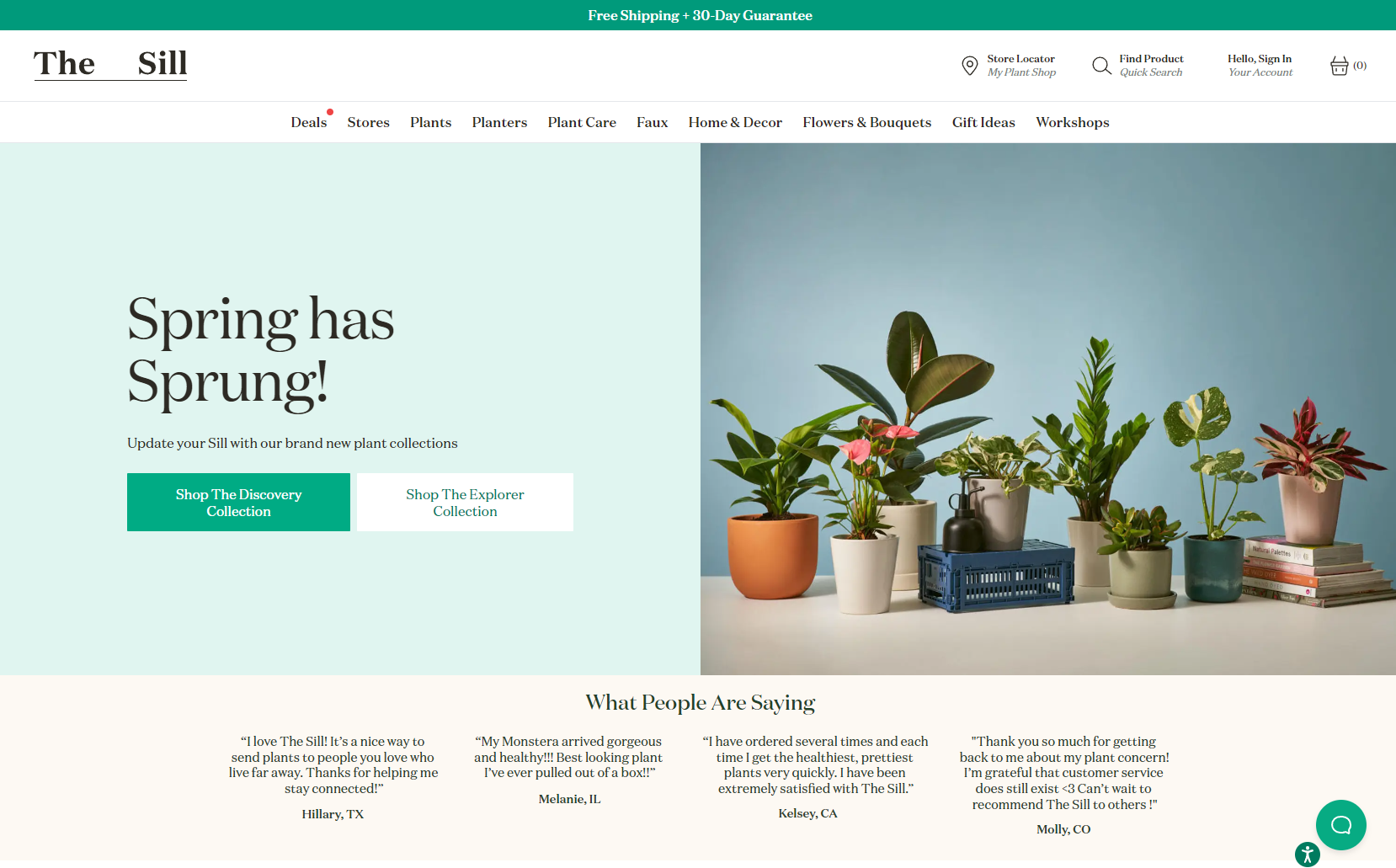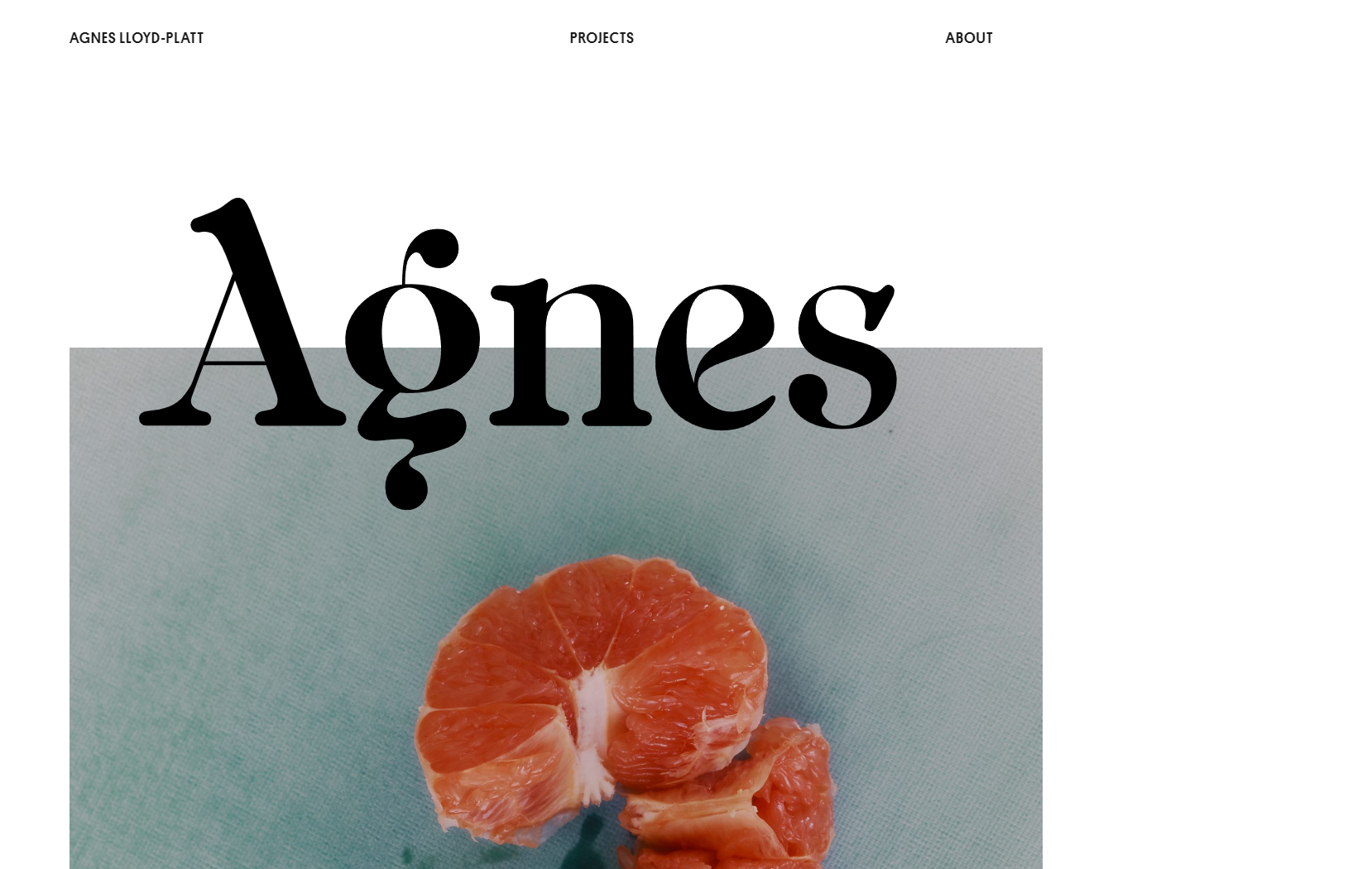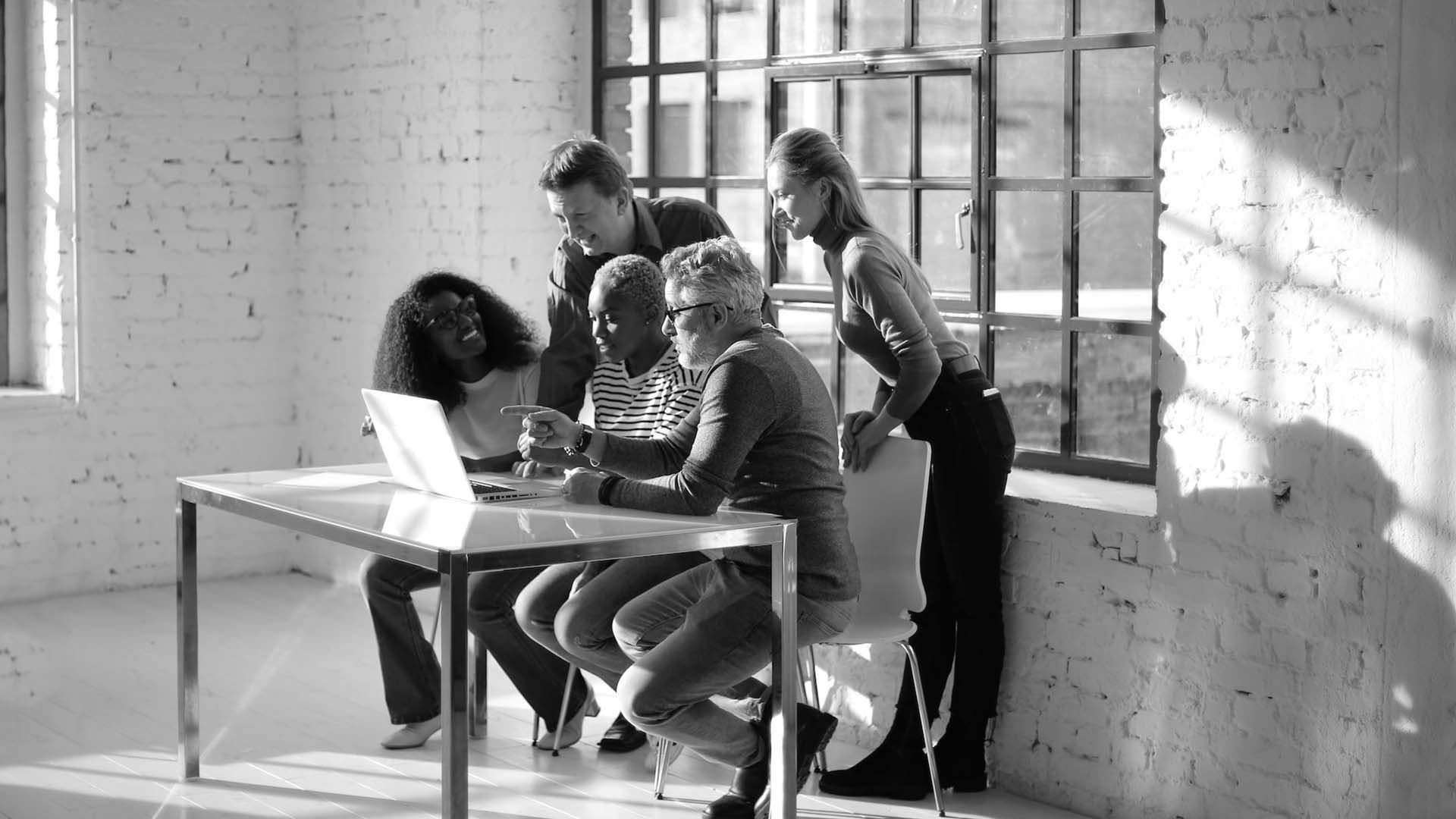|
Getting your Trinity Audio player ready...
|
Have you ever wondered what goes into creating a website? From the layout to the functionality, there’s a lot that goes into website design and development.
In today’s digital age, having a website is essential for any business or individual looking to establish an online presence. But what exactly is website design and development? It’s the process of creating a website from scratch, including everything from the design and layout to the coding and functionality.
Whether you’re a business owner looking to create a website for your company or someone interested in pursuing a career in web design and development, understanding the basics of this field is crucial.
In this article, we’ll dive into the world of website design and development, exploring everything from the different types of websites to the tools and technologies used to create them.
What is Web Design and Development?
Web design and development refer to the process of creating a website, involving two major skill sets: web design and web development. Web design determines the look and feel of a website, while web development determines its functionality.
The roles of web design and development have evolved as the web has continued to grow. Job titles have emerged over the almost 30 years since the first website was created, describing various skill sets used in website creation.
These titles often overlap and have different meanings from one company to another, making it confusing for some.
Website Development
Website development refers to the process of creating a website from scratch or making modifications to an existing one.
Website Development Definition
Website development refers to the process of creating a website from scratch or making modifications to an existing one. It involves the use of various programming languages, frameworks, and tools to design, develop, and maintain a website’s functionality, user interface, and overall performance.
The goal of website development is to create a website that is visually appealing, user-friendly, and optimized for search engines.
Front-end development vs. Back-end development
The development encompasses the technical aspects of creating a website, including front-end and back-end development.
Front-end development involves creating the parts of a website that users see and interact with, such as the navigation menu, buttons, and forms. This requires expertise in HTML, CSS, and JavaScript, among other languages and tools.
Back-end development, on the other hand, focuses on the behind-the-scenes workings of a website, such as a server, database, and application logic. Back-end developers use programming languages such as Python, Ruby, and PHP to create dynamic web applications that interact with users and store and retrieve data.
While design and development are often performed by different people, there can overlap between the two, such as in the case of front-end developers who also handle design aspects.
Understanding these distinctions can help businesses better communicate their needs and find the right professionals to create their websites.
Full-stack development
Full-stack development is a type of web development that encompasses both front-end and back-end development.
This means that a full-stack developer is responsible for ensuring that the web application works on all levels, from the user-facing interface to the server and database management.
Some of the main roles of a web developer are in the list below:
- Front-end developers are responsible for creating the actual interface that users interact with on a website.
- They use HTML, CSS, and JavaScript to build the design and layout of the website. They also use libraries, frameworks, and preprocessors to speed up the development process.
- On the other hand, back-end developers are responsible for the server side of a website.
- They receive the markup design from front-end developers and implement the necessary dynamic features. They manage the server and database to ensure that the website can store and retrieve data from the database.
- Web developers also use versioning functions to keep track of the history of previous builds. This helps them manage changes and collaborate with other developers more effectively.
- Both front-end and back-end developers may use the same development environments or IDEs to code and construct the website’s structure. These are application tools that provide a streamlined workflow for developers.
Website Design
Website design is the process of creating the visual appearance and layout of a website.
Website Design Definition
Website design refers to the process of creating the visual appearance and layout of a website. It involves the use of various design elements such as colour schemes, typography, images, and graphics to create a visually appealing and engaging website that is user-friendly and easy to navigate.
Website design is a critical aspect of web development as it plays a significant role in attracting and retaining visitors to a website. It is important to ensure that the design of a website is aligned with the brand, reflects the organization’s values, and meets the needs of its target audience.
Elements of Web Design
Web design is about creating solutions for users to interact with websites easily. A well-designed website can help to retain users and encourage them to revisit the site. The following are some essential elements of web design:
Layout: The layout determines the arrangement of a website’s header, navigation menu, footer, content, and graphics. It depends on the website’s purpose and how a web designer wants users to interact with the site.
Visual Hierarchy: Visual hierarchy is the process of determining which aesthetic aspects of the website should stand out using size, colour, spacing, and more. It helps users access the information they need by glancing at a website.
Navigation: Navigation helps a user get from point A to point B using navigational tools like site architecture, menus, and search bars. Effective navigation helps users find the information they’re looking for quickly and easily.
Colour: Color gives a website personality and makes it stand out. A consistent colour palette helps give order to a website, and it may be determined by a brand’s existing identity or the content of the website.
Graphics: Graphics are the logos, icons, and images that live on a website. They should complement the colour palette, layout, and content.
Speed: A user’s first impression of a website relies on how long it takes for the site to load. A delay can lead to an increase in a site’s bounce rate – the percentage of visitors who leave the site after viewing one page.
Accessibility: Making accessibility a priority ensures that all users can access and use a website and its functions equally. Who can or cannot use a website is dependent on a website’s accessibility.
Different Aspects of Web Design: UX, UI, and Visual Design
Web design encompasses many different aspects, including UX design, UI design, and visual design.
When creating a website, it is important to consider not only the design and content but also factors such as the user’s screen size, connection speed, and browser use. This is where user experience (UX) and user interface (UI) design come into play.
User Experience (UX) design
User Experience (UX) design focuses on creating products that offer meaningful and relevant experiences to users. It involves a thorough analysis of all aspects of the user’s experience, including their emotions and how easy it is for them to achieve their goals.
UX designers work on all elements of product acquisition and integration, including branding, design, usability, and function. They strive to create a seamless and intuitive user experience that meets the needs of the user and exceeds their expectations.
UX design is critical in ensuring user satisfaction, as it helps identify pain points and areas of improvement. By understanding the user’s perspective and designing with their needs in mind, UX designers can create products that are both functional and enjoyable to use.
User Interface (UI) design
User Interface (UI) Design involves developing graphics, and illustrations, and using photographic artwork and typography to enhance the appearance and arrangement of a digital product across various device perspectives.
Interface elements include input controls like buttons, drop-down menus, and data fields, navigational components like search fields, sliders, icons, and tags, and information components like text boxes, buttons, drop-down menus, and data fields. Other interface elements include progress bars, notifications, and message boxes.
UI design focuses on creating an engaging and intuitive user interface that allows users to efficiently interact with the product. The goal is to make the interface aesthetically pleasing, functional, and easy to navigate. To achieve this, designers must consider the product’s branding, user goals, and usability.
UI designers work closely with developers to ensure that the design is compatible with the product’s underlying code. They may also collaborate with UX designers to ensure that the interface design aligns with the overall user experience strategy.
In addition, UI designers must keep up-to-date with design trends and emerging technologies to provide the best possible user experience.
Visual design
Visual design is a critical aspect of web design, to create an appealing final product. Visual designers combine elements of both UI and UX design to improve the user journey by solving design challenges and assisting in defining a brand’s style or voice.
Developing a web product requires a long process of research and learning, to form the web structure and present information in the best way possible.
Web designers have a variety of roles, including having a good feel for user experience and identifying the simplest approach to attain the desired feature. This involves designing the general format, images, layout, and buttons of the website.
Additionally, web designers must have the skills to design logos and graphics and use software tools such as Framer, Sketch, or Adobe Photoshop to build the final layout design of the web. They must also consider the branding of the website, the colour palettes to be used, and the readability and typography of the website.
To keep up with the constantly evolving design trends, web designers must keep themselves up to date. It’s also essential to maintain design consistency that is made popular by other web giant companies such as Facebook and Google.
This makes the website environment and interfaces easy to navigate and use since it is already familiar to the user’s eyes.
Types of web design services
Web design services can be broadly categorized into two types: Static Web Design and Dynamic Web Design.
Static Web Design
Static Web Design involves the creation of a web interface that remains constant and unchanging unless modified by a web developer. These types of websites are best suited for small businesses or individuals who simply want an online presence to display their products or services.
Dynamic Web Design
Dynamic Web Design, on the other hand, involves the creation of a website that is capable of processing web data and information. This type of website is more complex and interactive and requires a database and server-side scripting languages such as PHP or ASP.NET.
Dynamic web design is suitable for businesses that require a more advanced website with features such as e-commerce functionality or user logins.
It is important to choose the type of web design service that best suits your business needs and goals. A professional web designer can help you make the right decision and create a website that meets your specific requirements.
Examples of web design
Web design plays a crucial role in creating user-friendly websites, and there are different types of web design services available. In this section, we’ll look at some examples of web design that illustrate how websites can be designed to meet different needs and goals.
Partners & Spade
Partners & Spade is a branding studio based in New York City, and their website design is interactive while remaining simple. Their homepage immediately tells visitors what they do, and it’s easy to find their contact information, client list, work examples, and location.

The Sill
The Sill is an ecommerce website that sells plants and accessories, and their website is visually cohesive and easy to navigate. Visitors can find information about plant care, upcoming events, and purchase plants without any difficulty.

Agnes Lloyd-Platt
Agnes Lloyd-Platt is a fashion and beauty photographer and filmmaker, and her portfolio website is visually stunning and user-friendly. Visitors can quickly access her work examples, contact information, and representation.
The navigation menu is simple, allowing visitors to learn more about her work and filter her portfolio by type or colour.

These examples demonstrate that web design is not a one-size-fits-all approach. It is essential to understand the goals and target audience of a website before designing it.
Growth with Website Design and Development
Website design and development play a crucial role in the digital landscape we live in today. It is the amalgamation of art and science to create visually appealing, functional, and user-friendly websites that drive business growth.
Regardless of whether you are a business owner, designer, or developer, having a basic understanding of website design and development is essential to succeed in the digital age. Therefore, it’s essential to continue learning, creating, and pushing the boundaries of what’s possible.
If you’re looking to elevate your online presence and drive business growth, look no further than The Brand Shop. Our team of expert designers and developers can help create a website that reflects your brand’s identity while providing an exceptional user experience.
Contact us today to learn more about our services and how we can help your business thrive in the digital world.




